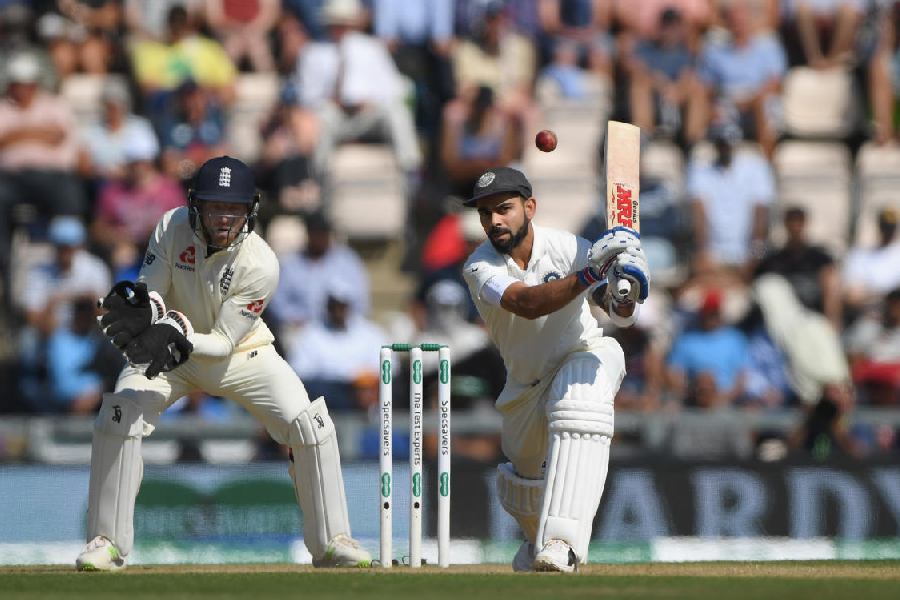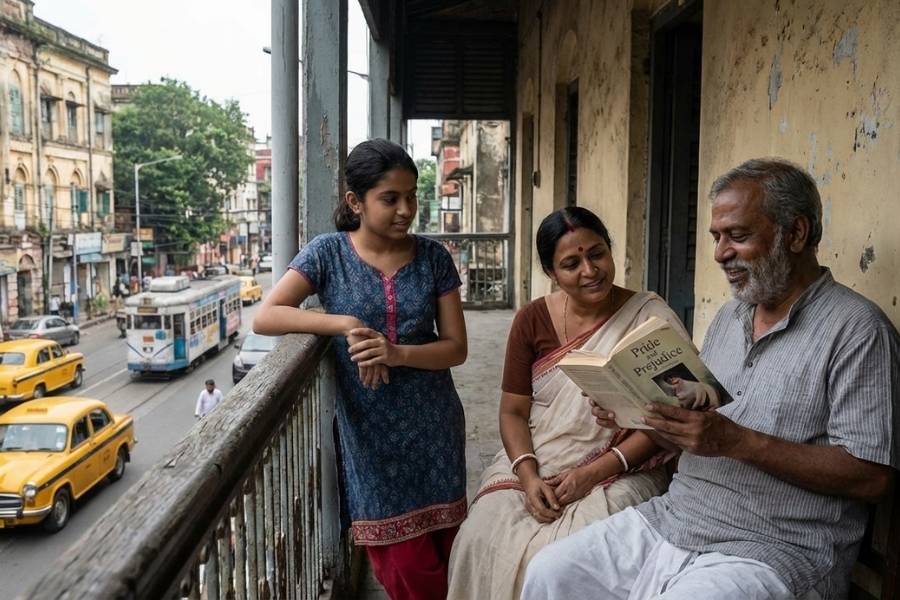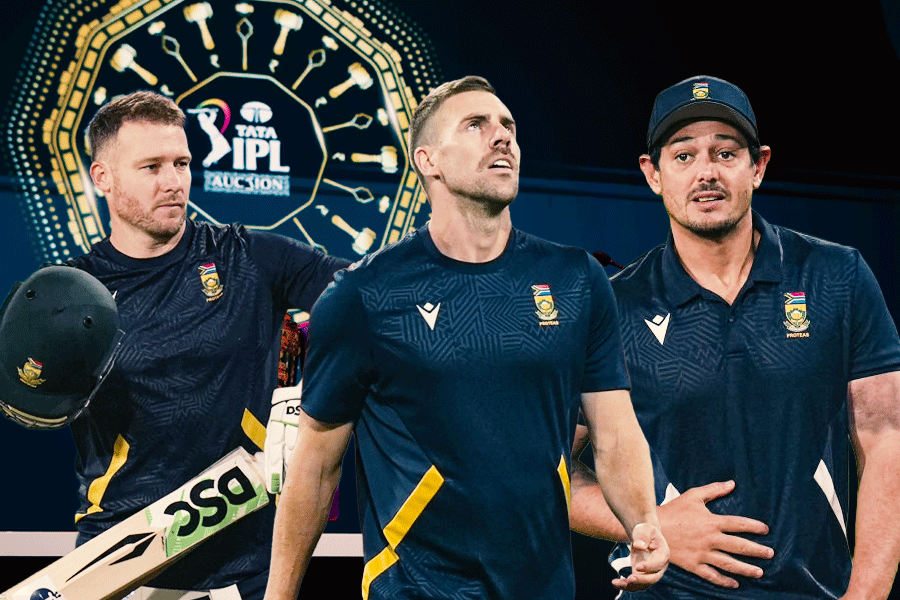Even those who are happy to see the back of India Test Cap 269, would agree that Virat Kohli was invincible for a large part of the 2010s.
The decade was the most successful one in India’s Test annals — they won 56 of the 107 Tests they played and won the Test mace thrice during this period. Many of these wins were won on the back of the excellence of the 1988-borns, Kohli, Cheteshwar Pujara and Ajinkya Rahane. While Kohli featured in all formats, Pujara and Rahane were Test specialists, with the ability to play with a dead bat, grind through tough phases and bat time.
Then came the new decade and the enforced Covid break. Everything changed for this triumvirate after that. The first Test India played after the pandemic was the infamous Adelaide Test, where India were bundled out for 36, India’s lowest-ever Test score. The historic wins and Rishabh Pant’s heroics that followed in Australia, and the superb performance on the tour of England in 2021-22 distracted us from the crisis in the middle order. It was not only Kohli whose average plummeted, his mates in the middle order did no better. Pujara’s average in the Tests he played post-2020 was 29.69, while Rahane’s was 25.39.
However, it was also the period when India made two WTC finals, in 2021 and 2023. Our bowlers were winning Tests on wickets that were hard to bat on but helped our spinners prosper. This was disastrous for batsmen in general and the middle order in particular, but they did better than visiting batsmen, and normally outgunned
opposition teams in low-scoring shootouts.
However, constructing a long innings and playing out sessions, indeed days, went out of the lexicon of Test batsmanship. Interestingly, the trend of low-scoring Tests is not restricted to India playing in India alone. Rohit Sharma’s team featured in a Test in South Africa that finished inside two days. India won that Test — in Cape Town, 2024 — which shows that ours is not the only team grappling with Test match batting.
Pujara and Rahane were jettisoned from the Test team after 2023, but those who followed have also underperformed or flattered to deceive. KL Rahul, who is now a senior member of the squad, averaged 46.10, 17.12, 28.60 and 35.21 between 2021 and 2024.
Shreyas Iyer, too, has not cemented his place in the Test side in this period, and has an average of 36.26 to show for his sporadic appearances in India whites. Others like Sarfaraz Khan, Hanuma Vihari and Karun Nair have had only brief stints in whites. With the notable exceptions of Yashasvi Jaiswal and Pant, all of India’s batters are languishing in the early 30s or late 20s in this period.
Which is why simply singling out Kohli’s drop in average for discussion is not an accurate understanding of the 2020-2025 period. Two of India’s three lowest team scores, 36 and 46, came in this period. The inconsistency in the middle order and the inability to bat time finally showed up like an open wound against New Zealand, even though it had been festering for more than three years. The omission of Pujara and Rahane did not offer a solution, and the retirement of Kohli might not signal an end to India’s batting woes.
The exit of Rohit and Kohli ensures a win-win situation for the decision-makers in Indian cricket, particularly the coach and the selectors. If the new-look middle order fires, it would prove that putting stalwarts to pasture was a wise move. However, if the team does fail, the excuse of it being a new untested team will be available to fall back on.
That said, it still might have been worthwhile to have one of these stalwarts to bring some stability and experience to the dressing room. This is where Kohli might have been critical for another 10-12 months. His average might have fallen further, but even a few cameos and, who knows, a century, might have made the transition easier.
That was what his predecessor at No. 4, Sachin Tendulkar, had ensured back
in 2012.
Malavika Banerjee is the director of Gameplan Sports Pvt Ltd











